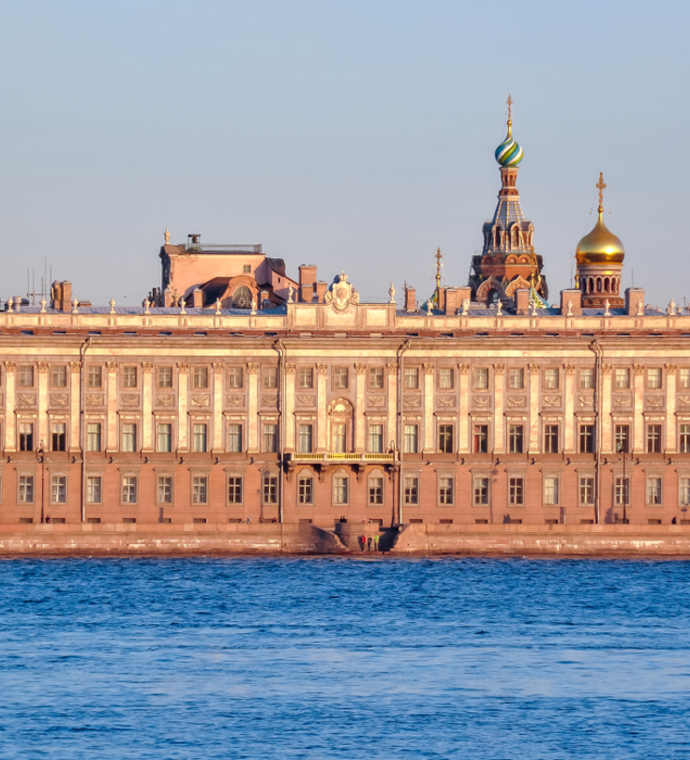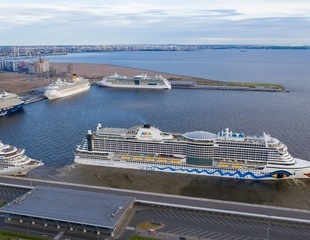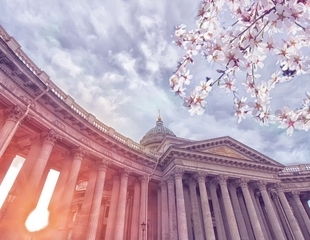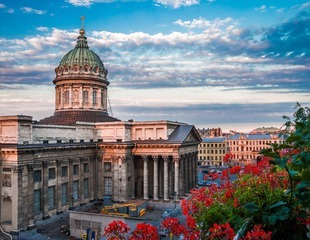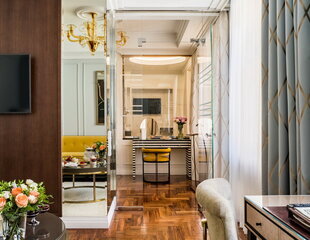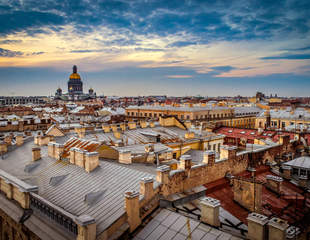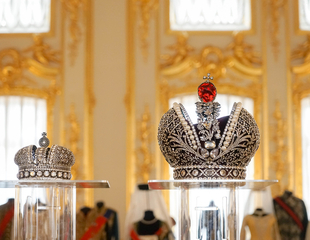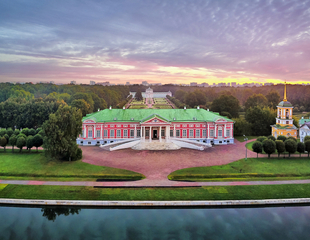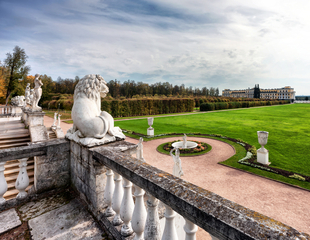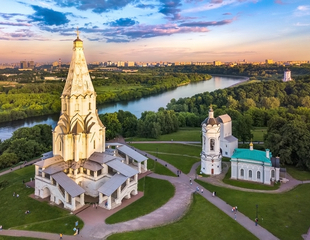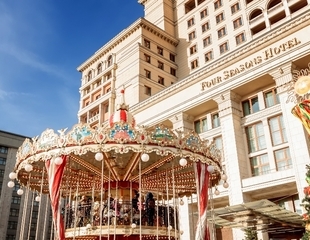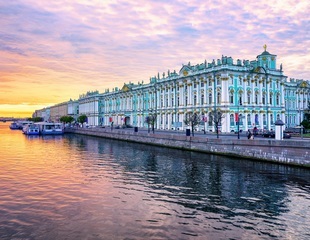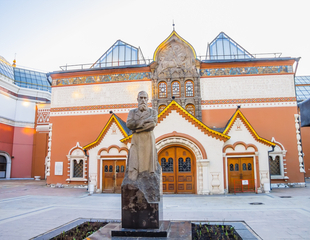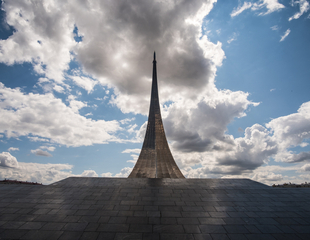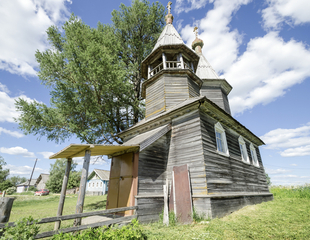The Marble Palace is one of the first Neoclassical palaces in Saint Petersburg, Russia. In 1992, it became a branch of the Russian Museum. The palace was built by Count Grigory Orlov, the favorite of Empress Catherine the Great and the most powerful Russian nobleman of the 1760s.
The building was built in 1768-1785 by a famous Italian architect Antonio Rinaldi. The Marble Palace became the first building in St. Petersburg, faced with natural stone. Marble was not only used for facades, but also for interior rooms of the building. Therefore, the building received its name — the Marble Palace. For facades and interiors, 32 varieties of marble were used. For lining, there was brought material mined in quarries near the Ladoga and Onega lakes. White marble was brought from Italy.
After the construction, there was installed an inscription “Building of Gratitude” above the entrance. Also, there was set up a tower with a clock. On both sides of the tower, there were installed two figures: Loyalty and Generosity, by sculptor F. Shubin. Interiors were decorated with nearly 40 of his works.
In the created project Rinaldi managed to implement two functions: urban house an aristocratic country manor. As conceived by Rinaldi, the special architectural solution of the Grand Staircase was to be its artistic decoration. The main staircase is decorated with statues of the Morning, Afternoon, Evening, and Night, symbolizing childhood, youth, maturity, and senility. On the landing from the second floor to the third one there are sculptures that embody autumn and spring equinox. All symbols of the Grand Staircase glorify military valor and fortitude. The main room of the building is the Marble Hall, which houses the reliefs «Sacrifice», made for St. Isaac's Cathedral by A. Rinaldi. There are also the Orlov and Catherine halls glorifying activities of the Orlov brothers and Empress Catherine II.
The Marble Palace houses the permanent exhibition «Foreign Artists in Russia of the XVIII-XIX centuries», there are also temporary exhibitions of contemporary Russian and foreign masters. Nowadays, the palace is also used for a variety of conferences.

